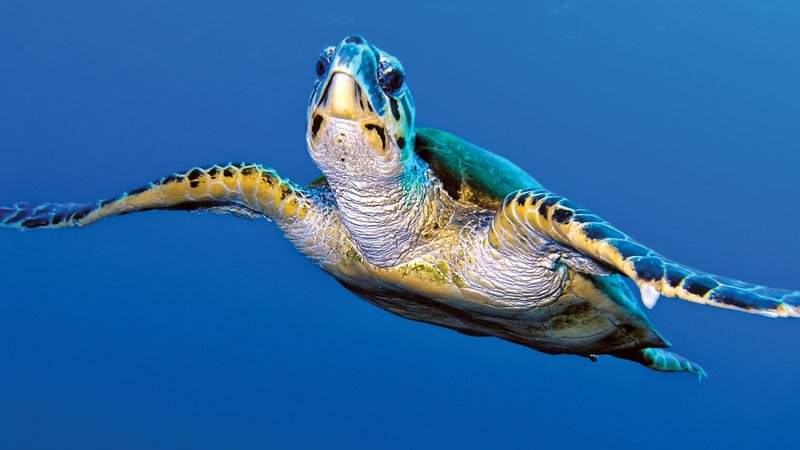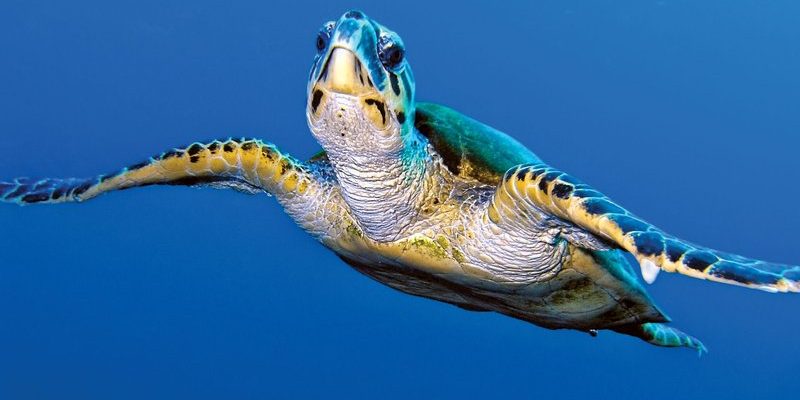
Let’s take a closer look at how turtles manage to survive despite the odds. From unique physical adaptations to extraordinary behavioral strategies, these creatures have a lot to teach us about endurance. Knowing their secrets can raise our appreciation for wildlife and inspire us to think about survival in our own lives, especially when things get tough. So, grab a cup of coffee, and let’s dive into the incredible world of turtles!
Physical Adaptations: The Turtle’s Armor
One of the first things that come to mind when you think of turtles is their hard shells. These shells aren’t just for show; they serve as a crucial form of defense against predators and harsh weather. Made primarily of bone and covered with a layer of keratin, the same material that makes up our fingernails, a turtle’s shell can withstand significant pressure and damage.
Consider the structure of the shell: it’s like a personal shield that provides both protection and support. It helps maintain hydration by reducing water loss, which is particularly essential in hot environments. In a sense, the turtle’s shell is like a survival kit—compact and efficient. The next time you see a turtle, remember that it’s not just hiding; it’s smartly protecting itself from danger.
Behavioral Strategies: The Art of Adaptation
Turtles are masters of survival because they employ various behavioral strategies that help them adapt to their environments. For instance, many species engage in brumation, a state similar to hibernation where they reduce their metabolic rate. This is particularly common in colder climates. By slowing down, they conserve energy and survive through harsh winters with limited food availability.
You might be wondering, “How do they know when to brumate?” Well, turtles respond to changes in temperature and daylight. As the weather cools, they instinctively seek out burrows or other sheltered spots to spend the winter. It’s like nature’s way of telling them to take a break when the going gets tough!
Water Conservation: Staying Hydrated
In deserts or areas with scarce water, turtles have developed impressive mechanisms to conserve moisture. For example, some species can absorb water through their skin and even from their cloacal vent, a surprising skill that helps them stay hydrated. Imagine being able to sip water without a mouth; that’s essentially what turtles do.
Additionally, they can go for extended periods without drinking by slowing down their metabolism and reducing their need for water. Think of this like putting your phone on low battery mode—your device conserves energy in ways it normally wouldn’t. Turtles can manage their water needs effectively, allowing them to thrive where other animals might struggle.
Temperature Regulation: Nature’s Thermostat
Turtles have a unique way of dealing with temperature extremes. Since they are ectothermic, or cold-blooded, they rely on their environment to regulate their body temperature. In hot climates, turtles bury themselves in the sand or mud to escape the heat. This method is like finding a cool, shady spot on a hot summer day.
On the flip side, in colder temperatures, they may bask in the sun to warm up or retreat to deeper waters where it’s warmer. The ability to regulate their body temperature not only helps them survive but also allows them to thrive during different seasons. It’s impressive how these little creatures naturally adapt to their ever-changing environments.
Dietary Flexibility: The Omnivorous Advantage
Another fascinating aspect of turtle survival is their dietary flexibility. Many turtles are omnivores, meaning they eat both plants and animals. This adaptability allows them to take advantage of whatever food sources are available, be it aquatic plants, insects, or even small fish.
Consider a turtle living in a drought-stricken area where plant life is scarce. Its ability to switch to a protein-rich diet can be a game changer. This flexibility means that turtles can survive periods of scarcity better than many other species. They truly embody the survival of the fittest, showcasing how diverse diets can help organisms adapt to environmental challenges.
Habitat Choices: Finding the Right Home
Turtles often exhibit remarkable habitat choices that enhance their chances of survival. Many species are highly adaptable, choosing various environments—from lush wetlands to arid deserts. These habitats are not just random; they provide essential resources like food, shelter, and breeding sites.
For instance, some turtles prefer areas with abundant vegetation where they can find food and protect themselves from predators. Others might seek out brackish waters where they can thrive in both freshwater and saltwater environments. Each choice reflects a deep understanding of what will keep them safe and nourished in the long run.
The Role of Hibernation and Estivation
Many turtles have adapted to survive through hibernation or estivation. Hibernation occurs during cold months when turtles dive into the mud at the bottom of ponds or lakes, effectively entering a sleep-like state. Similarly, estivation takes place during extremely hot or dry periods, where turtles burrow into the ground to escape the heat.
Both strategies allow turtles to enter periods of dormancy where they rely on their stored body fat for energy. It’s a bit like hitting the pause button on life until conditions improve. This ability to take a break during tough times is crucial for their survival in environments where food and water are scarce.
In the grand scheme of things, turtles are incredible survivors. Their ability to thrive in harsh environments is a combination of physical adaptations, behavioral strategies, and dietary flexibility. Each of these traits plays a vital role in helping them navigate the challenges of their habitats.
As we reflect on the turtle’s journey, it’s clear they hold valuable lessons about resilience and adaptability. Whether it’s finding shelter from the storm or learning to conserve resources, we can certainly learn from these fascinating creatures. By understanding how turtles survive, we can appreciate the delicate balance of nature and the beauty of life’s endurance. So, the next time you spot a turtle, remember—there’s more to it than meets the eye. They’re not just swimming along; they’re thriving against the odds!

